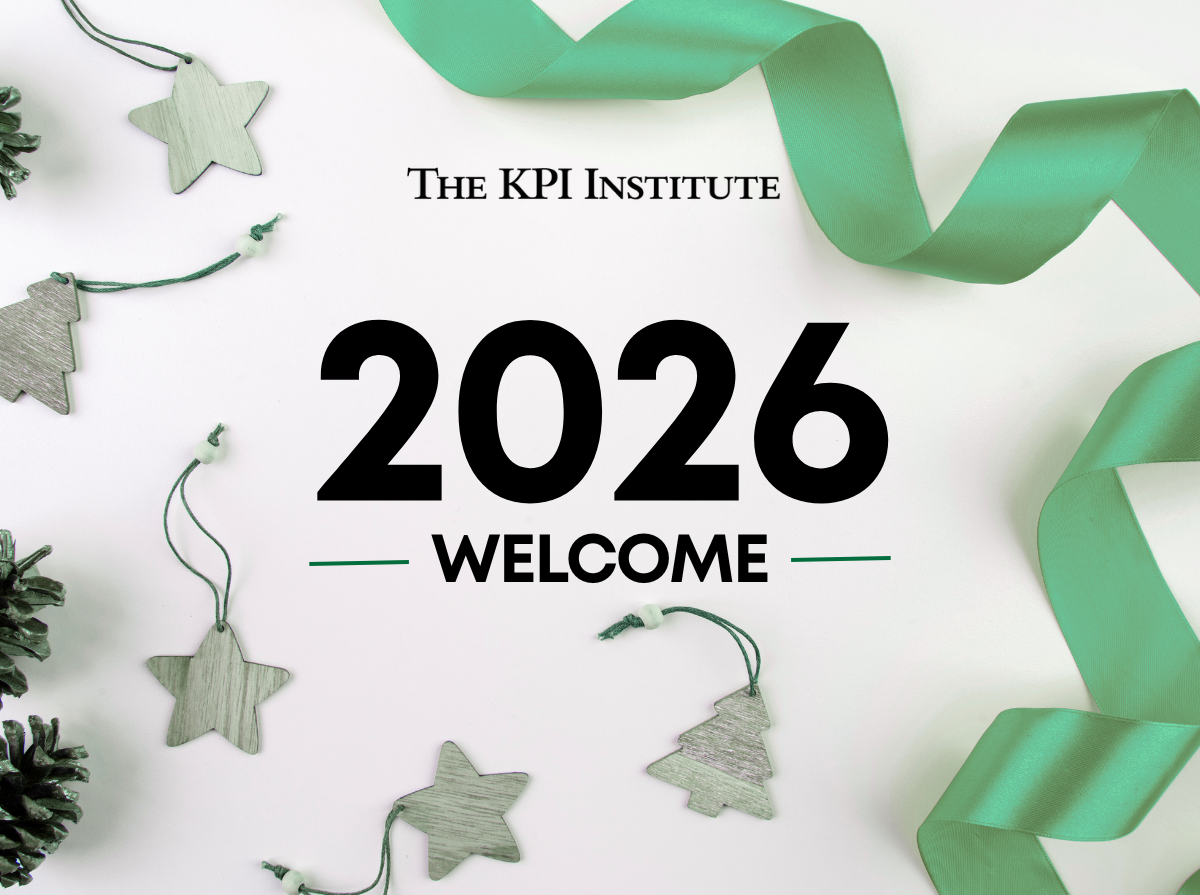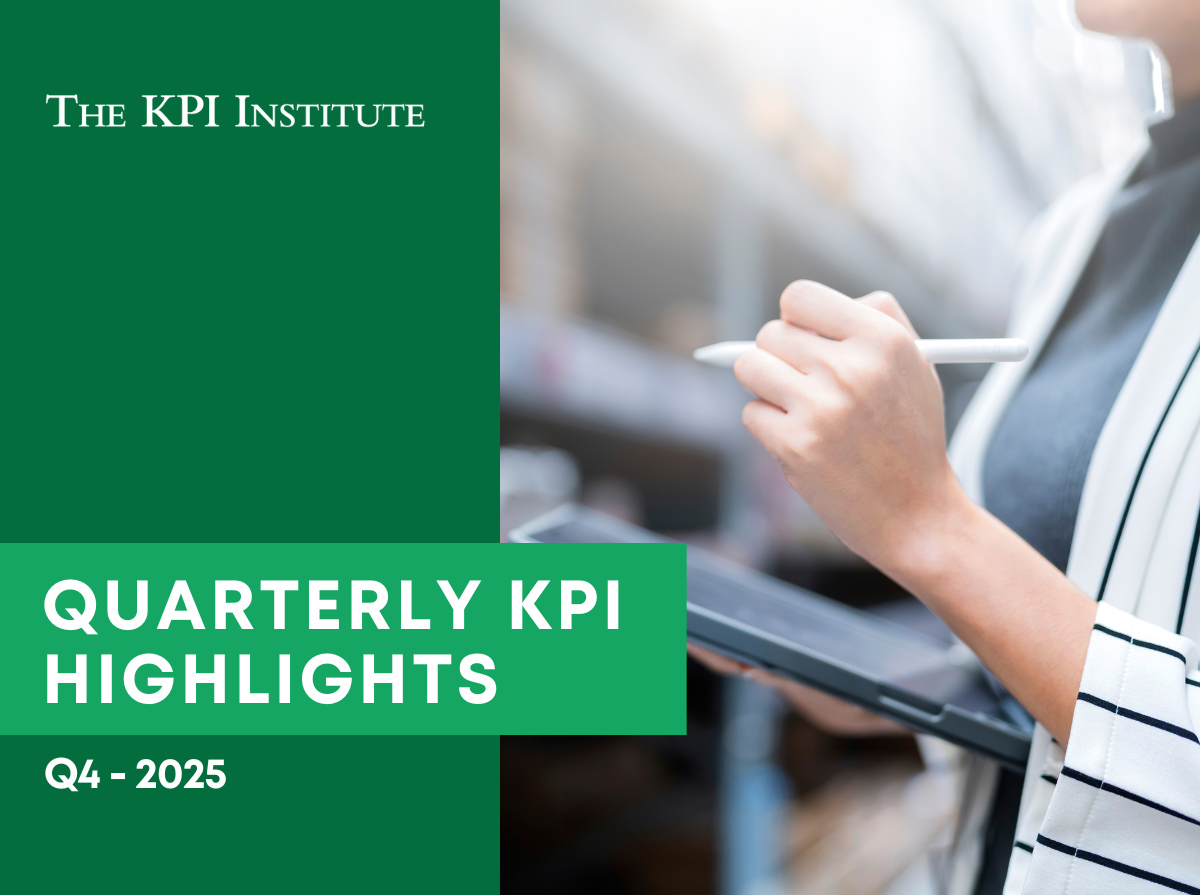From the Pros: How To Build a High-Performance Culture

A high-performance culture is characterized by behaviors and norms that allow organizations to achieve outstanding results and superior performance.
Citing the book “Leadership in High-Performance Organizational Cultures” by Stanley Truskie, the University of Ottawa states that organizations with a high-performance culture experience financial and non-financial success at the same time. Some examples of non-financial success are employee retention, customer satisfaction, competitiveness, and innovation.
How can leaders build and sustain a high-performance culture? Vibhas Ratanjee, Senior Practice Expert — Organizational and Leadership Development at the analytics and advisory firm Gallup, stated that there are five cultural drivers of such culture. He emphasizes that leaders must know how to communicate clearly and consistently to help employees understand what is expected of them. In addition, identifying values and rituals guides employees in interacting within the organization and resonates with how they deal with clients.
Ratanjee points out the need to establish and optimize work teams and structures. Work Gallup’s findings show that how employees perceive work structure has an impact on their engagement. Another driver is the development of a company’s human capital. He suggests that managers must hold coaching sessions that drive performance “based on how each person is enabled to use their own unique abilities.”
The final cultural driver is performance management. One of Gallup’s recommendations is to invest in hiring high-performing managers. “Investment in managers is critical. They account for 70% of the variance in team engagement but an alarming 65% of managers are not engaged or are actively disengaged.”
Cristina Mihăiloaie, Business Unit Manager and Performance Management Consultant at The KPI Institute, wrote in her article on performancemagazine.org that embedding performance within an organizational culture impacts both internal and external stakeholders.
For internal stakeholders, it can increase accountability regarding the quality of their work and establish their role and contribution to the organizational strategy. For external stakeholders, it means positioning the organization as a trustful and reliable partner, enhancing customer experience, and improving employer brand and market image.
If you would like to learn more about how to nurture a performance culture and manage your organization’s performance in different scenarios, join The KPI Institute’s Certified Performance Management Professional Live Online Course on 20 – 24 February 2022 (EMEA: 09:00 – 13:00 GST and ASEAN: 13:00 – 17:00 GMT +8).
The 40-hour course will discuss the ins and outs of a performance management system architecture, the fundamentals of performance review meetings, and how to use data to enhance the decision-making process.
Do not miss this opportunity to gain knowledge, practical experience, and a chance to connect with a community of industry experts and professionals. Invite your colleagues and sign up here.








